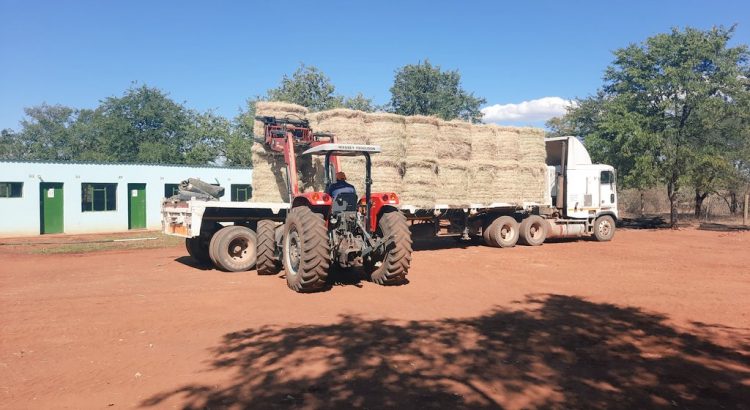The Beef Enterprise Strengthening and Transformation (BEST) project has transformed the traditional smallholder farming communities, especially in Mhlanguleni which previously relied largely on crop production as the primary means of income to sustain livelihoods.
The BEST project however, has made it possible for smallholder farmers to realise value from livestock production, a farming system most suitable in such semi-arid environments, and where the productivity of both cash crops and cash crops has been shrinking over the years due to climate change.
The BEST is a multi-stakeholder project that seeks to create a robust, competitive beef value chain that promotes enhanced trade, employment creation, food security, and inclusive green economic growth for small to medium as well as commercial cattle farmers.
The primary approach of the BEST involves setting involves setting up CBCs that will be managed by private sector entities.
These CBCs will serve as central locations for beef farmers to engage production in production, extension and marketing activities. Farmers have access to input and output markets, financial and reproductive services, training on husbandry and fodder production,
One such centre is the Mhlanguleni Cattle Business Centre, located about 70km from Chiredzi town.
The main CBC was established in 2017, and five satellite CBCs have since been established in Chiredzi District. The project also introduced forage and fodder production using the farmer extension approach to provide supplementary feeds.
According to Mr Stancilous Siziba a district livestock specialist, Chiredzi District, crop production is only successful once in three years in the region due to frequent droughts. Therefore, livestock production is the only gateway out of poverty for most smallholder farmers in Mhlanguleni. Mr Siziba added that the project has benefited a number of youths who no longer have to go to South Africa or to the sugarcane farms in Chiredzi for employment.
Explaining how profitable livestock production is under the BEST model, the livestock specialist said, “If you fatten one beast and is bought, you are able to go and buy a minimum of three and a maximum of five beasts.”
From the profits generated, some farmers have managed to buy tractors, open up businesses and also acquire breeding bulls to improve the quality of their herds. The project thus has introduced a sustainable smallholder farming business model in the semi-arid Mhlanguleni.
The project has seen the construction of 10 main and 48 satellite Cattle Business Centres across rural Zimbabwe, and two of these have irrigated pastures under centre pivot.




